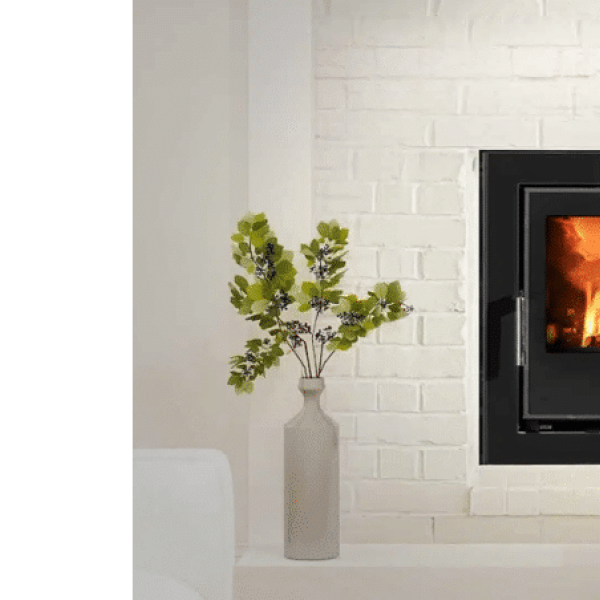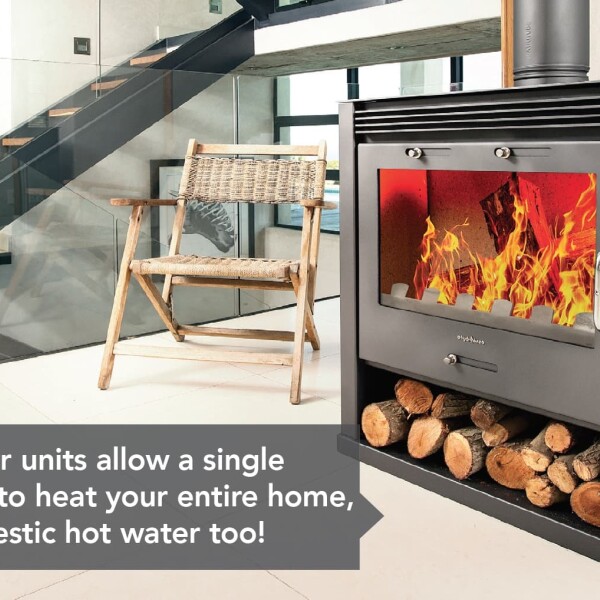Fireplaces are timeless fixtures that bring comfort, elegance, and warmth to a home. But as interior design trends shift toward minimalism and multifunctional living spaces, more homeowners are asking the same question: Can I install a fireplace under my television? The short answer is no—it’s not recommended. While it may seem convenient or visually appealing to combine your entertainment and heating zones, the reality is far more complex and potentially dangerous.
In this blog post, we’ll explore why fireplaces and electronics like televisions should maintain their distance. We’ll also dive into the safety concerns, design implications, and proper installation practices that ensure your fireplace enhances—not endangers—your home.
Heat vs. Technology: A Dangerous Conflict
The most critical reason why you should avoid installing a television above a fireplace is simple: heat and electronics do not mix. Most electronics, including modern flat-screen TVs, are highly sensitive to elevated temperatures. Prolonged exposure to heat can degrade internal components, leading to diminished performance, permanent damage, or even fire risk.
Fireplaces, especially wood-burning or high-efficiency units, generate intense radiant heat that rises upward. Unless perfectly shielded and ventilated, this heat travels directly toward the TV mounted above. Even with a mantel or heat deflector, residual warmth can exceed the maximum operating temperature recommended by most TV manufacturers.
The result? Flickering screens, melted parts, shortened lifespan—or worse, complete failure of your expensive electronics.

Why People Ask—and Why It’s Misleading
So why does this configuration remain so popular? For many, it’s a matter of space-saving and design aesthetics. Mounting the TV above the fireplace centralizes the focal point of the room and keeps surfaces clear of clutter. It’s especially appealing in open-concept living spaces or apartments with limited wall space. The layout is often portrayed as a sophisticated solution—an efficient use of vertical space that merges function and form into one cohesive design.
Media influencers, lifestyle magazines, home renovation shows, and online platforms like Pinterest or Instagram frequently showcase beautifully staged living rooms with TVs mounted above fireplaces. This reinforces the idea that the setup is not only safe but also desirable. Unfortunately, these portrayals rarely come with disclaimers about the hidden risks involved.
What these aesthetic images fail to show is the science behind heat transfer and long-term impact on electronics and structural materials. Aesthetics, when prioritized over safety, can lead to avoidable problems: voided TV warranties, recurring maintenance issues, and increased fire hazards.
While the look may be sleek and space-efficient, it comes at the cost of compromised safety, reduced product longevity, and a false sense of convenience. What appears chic and practical on screen or in showrooms can quickly become an expensive mistake once subjected to real-world heat exposure.
Designing a safe and functional living space requires more than what’s trendy—it requires an understanding of how each component interacts within your home environment. With fireplaces, beauty must always come with boundaries.
Safety Comes First: Real Risks of Close Proximity
Here’s what really happens when a TV is installed too close to a heat source:
● Overheating of electrical components:
Televisions are built with heat-sensitive internal circuitry. When exposed to rising heat from a fireplace, these components can begin to degrade. This not only affects performance but can also cause complete system failure over time, requiring costly repairs or total replacement.
● Premature wear of the display panel and wiring:
The delicate wires and thin-film transistors within a television’s display panel are not meant to endure high ambient temperatures. Prolonged heat exposure can lead to discoloration, pixel distortion, and signal lag. The wiring behind the unit can become brittle, frayed, or even start to melt, posing a major fire risk.
● Risk of electrical fire:
Perhaps the most alarming consequence is the potential for fire. Excessive heat around power cords, HDMI ports, and circuit boards can spark electrical fires—especially when combustible materials, such as wooden mantels or paneling, are nearby. This creates a compounded hazard with devastating implications.
● Warranty invalidation due to heat exposure:
Manufacturers clearly state maximum allowable ambient temperatures for TV operation. Installing your television above a heat source like a fireplace often violates these terms, which can result in denied warranty claims. Even cosmetic issues like screen clouding or discoloration may be refused for coverage.
● Thermal damage to surrounding decor and wall structures:
Beyond electronics, fireplaces can also affect what surrounds them. Wall paint may bubble or peel, artwork may warp, and cabinetry may crack or become discolored. Continuous radiant heat can compromise drywall, adhesives, and finishes, leading to long-term structural issues that are costly to fix.
Hydrofire strongly advises against placing electronics directly above fireplaces unless there is a significant and certified thermal buffer, such as a non-combustible mantel and adequate ventilation built into the wall cavity.
Hydrofire strongly advises against placing electronics directly above fireplaces unless there is a significant and certified thermal buffer, such as a non-combustible mantel and adequate ventilation built into the wall cavity.

Safe Installation Practices: What You Should Do Instead
When installing a fireplace, your best option is to position it on a feature wall that allows generous clearance above and beside it. If space is limited, consider these safer, smarter alternatives that maintain both your room’s aesthetic and its functionality:
● Create two separate focal points:
Instead of combining the fireplace and TV into a single wall, install your fireplace—such as the sleek Odessey 100 or the K7 Orleans. Position your television off to the side or on an adjacent wall to preserve safety while keeping visual harmony. This dual-focal approach makes the space feel balanced and layered.
● Use freestanding models:
Models like the Eco 3 or Zeus allow for complete layout freedom. These fireplaces can be placed well away from electronics, angled to direct heat into your space, and even repositioned as your furniture needs evolve. Freestanding units not only prioritize safety but also bring sculptural elegance to any room.
● Design with zones in mind:
Divide your space into intentional zones—one for relaxation and one for entertainment. A cozy reading nook around a Hydrofire freestanding fireplace can complement a separate media viewing area. By separating the purpose of each space, you reduce potential risks and enhance comfort for everyone.
● Incorporate built-in shelving or cabinetry:
If your fireplace is built-in, create intentional spacing above the unit with fire-rated materials. Use flanking shelving units or cabinetry to house electronics and accessories at a safer horizontal distance. This also allows for cable routing and ventilation planning to minimize heat buildup.
Always follow manufacturer clearance specifications, use non-combustible materials where required, and consult a certified professional installer. A safe fireplace setup is more than functional—it’s the foundation of a beautiful, enduring interior design.
Always follow manufacturer clearance specifications and consult a professional installer. It’s not just about safety—it’s about getting the most from your investment.
Built-In vs. Freestanding: Safer by Design
When choosing between built-in and freestanding fireplaces, understanding the implications for safety, especially around electronics, is critical.

Freestanding Fireplaces: Flexible and Adaptable
Freestanding fireplaces are ideal for homeowners who want heating performance without complex renovations or restrictions on placement. These models can be positioned away from walls, wires, and electronic equipment, minimizing risk and maximizing layout versatility. Because they do not rely on existing structural cavities, you can avoid heat exposure near televisions, sound systems, or mounted media accessories.
They also allow for easier relocation or seasonal rearrangement—a significant bonus if you change room layouts often or want to redecorate without starting from scratch. Freestanding units can stand as stunning design elements in open-concept rooms, and their stand-alone nature gives you complete control over heat direction and proximity to other furnishings.
Built-In Fireplaces: Elegant but Demanding
Built-in fireplaces, on the other hand, offer seamless aesthetic integration. These recessed units sit flush within your walls and often form part of the architectural identity of a room. However, they come with installation complexities that demand careful planning.
Built-ins generate significant heat behind and above the firebox. If not properly shielded, the heat can travel through the wall and affect nearby electronics, wiring, or television mounts. It is crucial to install built-in fireplaces with adequate ventilation, non-combustible backing materials, and sufficient vertical clearance from electronics—ideally keeping media equipment on a different wall or mounted with a tested thermal barrier.
Whether your preference is freestanding charm or built-in sophistication, Hydrofire’s team offers layout consultations, safety assessments, and installation partnerships to ensure your fireplace not only looks stunning—but also keeps every part of your home protected.
Choose Style and Safety
While it may be tempting to combine your entertainment and ambiance into a single visual space, it’s a decision that deserves pause. Fireplaces and televisions serve vastly different purposes—and have very different operating tolerances.
The truth is, the safest and smartest way to enjoy both is to keep them apart. With thoughtful layout planning, you can have a beautiful living area that includes the charm of a Hydrofire fireplace and the clarity of your favorite screen—without one risking the other.
For expert advice on fireplace placement, reach out to the Hydrofire team. We’re here to help you create a space that’s warm, welcoming, and above all, safe.

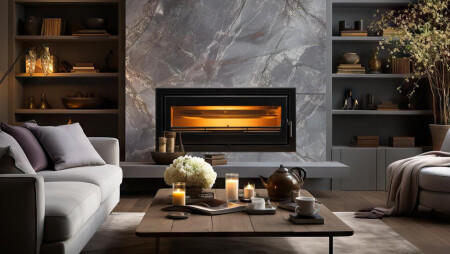
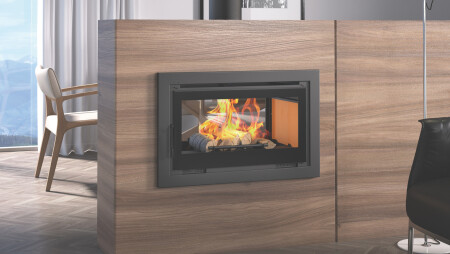
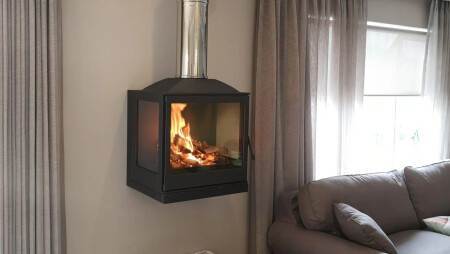
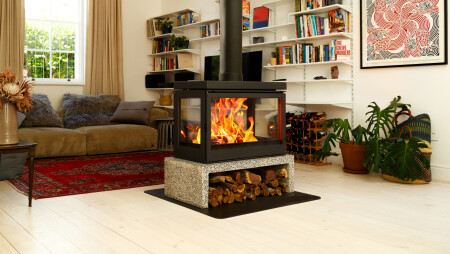

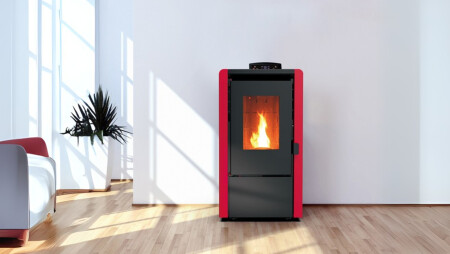

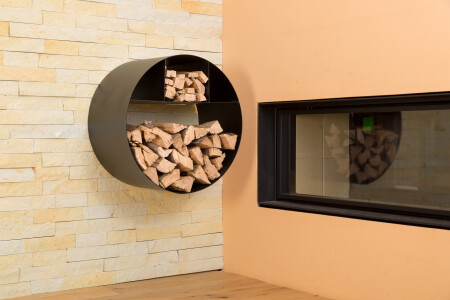


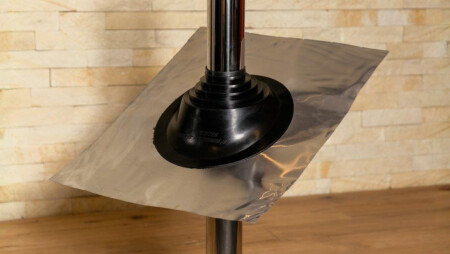
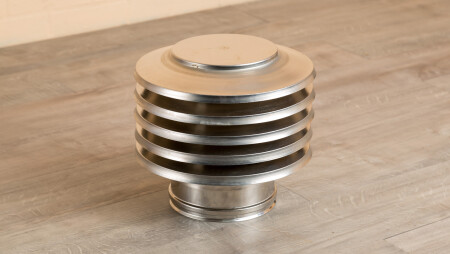
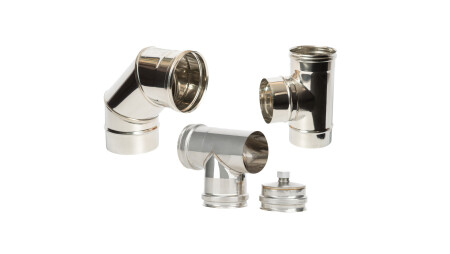


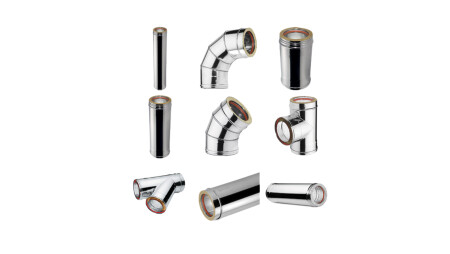
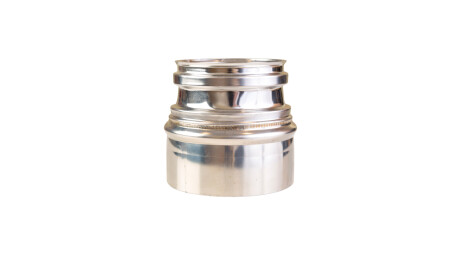
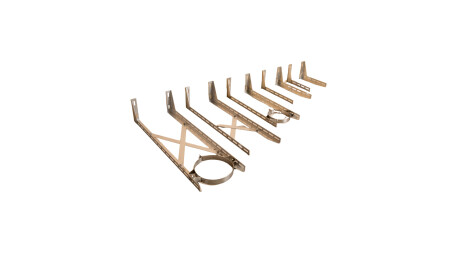

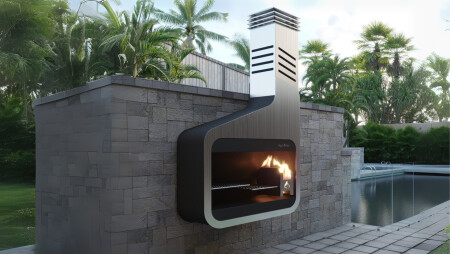
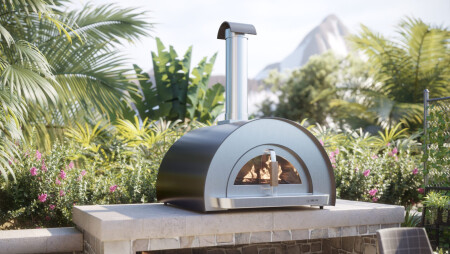
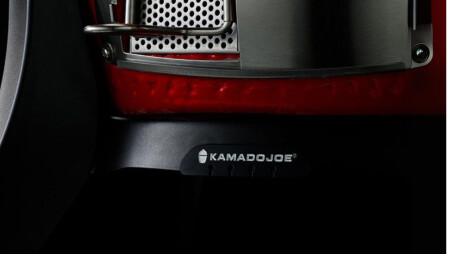
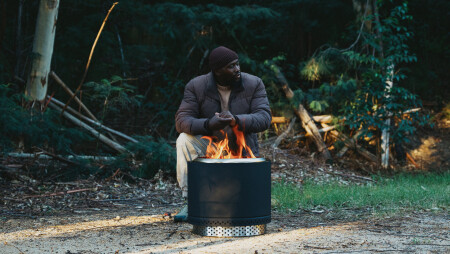
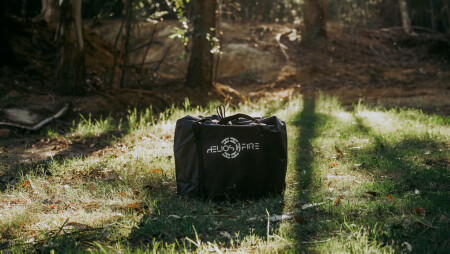

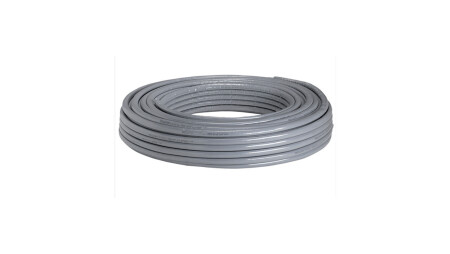

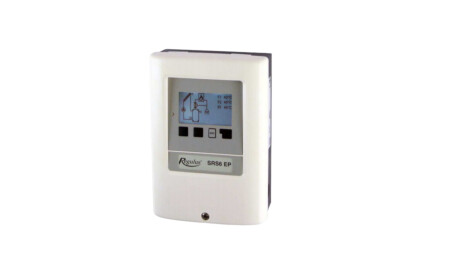
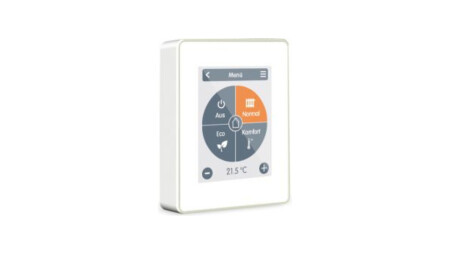


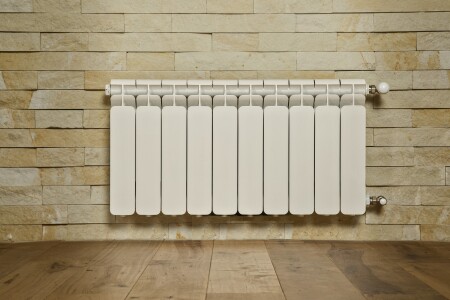
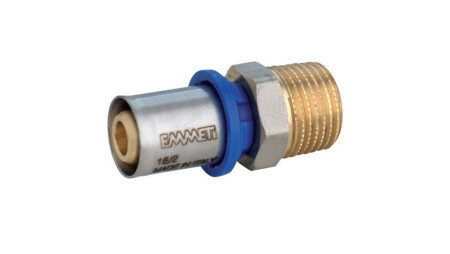

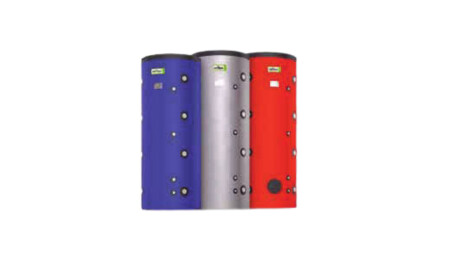
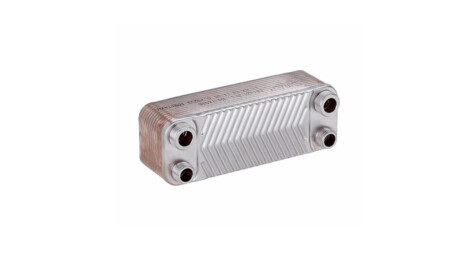
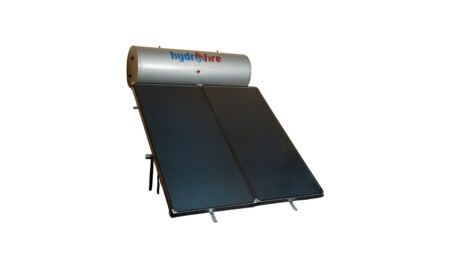
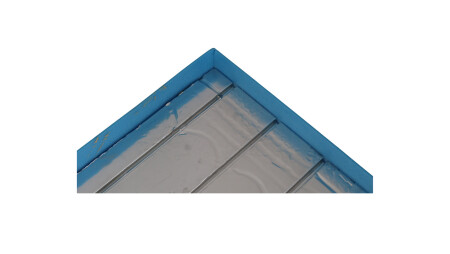
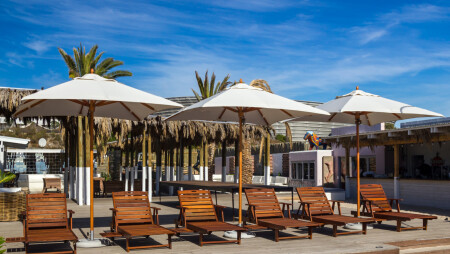
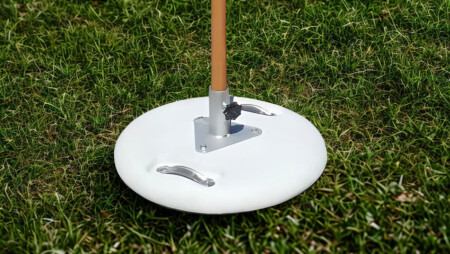
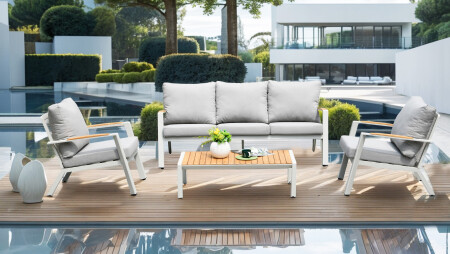
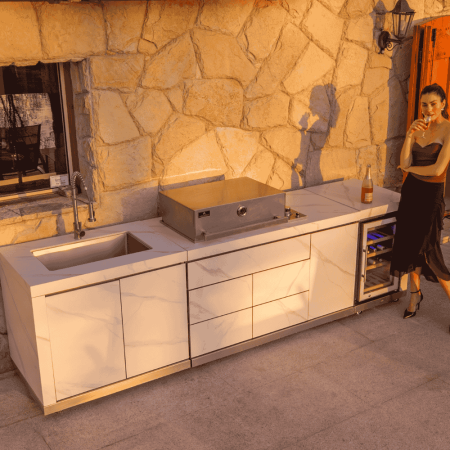





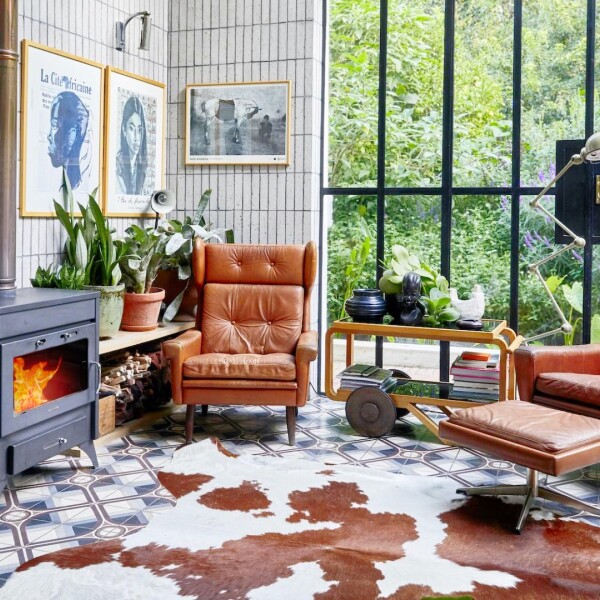
.jpg)
.jpg)
.jpeg)
.jpg)
